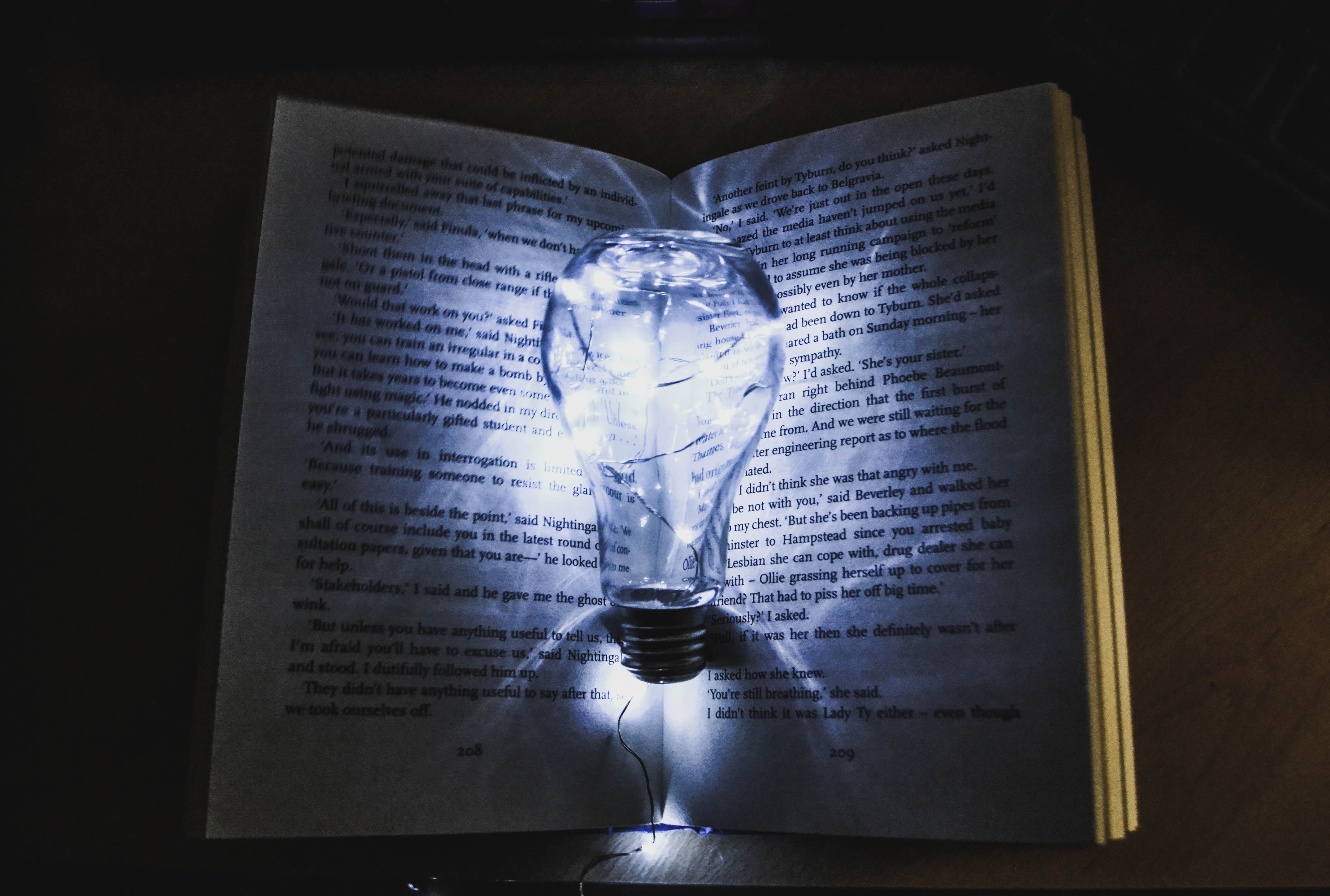New research uncovers the cause of dyslexia
Reading the words on this page may come easily to you, but for the ten percent of people in the UK who suffer from dyslexia, this is not the case. Previous work on the condition had indicated a neurological cause, such as reduced levels of ‘neural adaptation’ signified by less efficient recognition of repeated words or images. However recent research by French scientists Guy Ropars and Albert Le Floch suggests the eye could, at least in part, be the organ to blame. What’s more, they may have found a cure.
The problem concerns a small area at the back of the eyes called Maxwell’s spot. The back of the eye is populated by light receptors known as rods and cones, with the former operating in low light conditions and the latter being responsible for coloured vision. Maxwell’s spot is a region in the centre where there are no blue receptor cones. In non-dyslexics this spot was found to be round in one eye and asymmetric in the other; as a result, the brain favours information from the symmetric eye and disregards that from the asymmetric. However, in dyslexia sufferers with otherwise normal eyes, the spot was round in both, leading to neither being dominant and visual information being accepted from both.
The back of the eye is populated by light receptors known as rods and cones
Ropars and Le Floch say this leads to two images of the same quality being seen by each brain hemisphere, with one of them reversed. As they say in their paper on the matter, this creates issues when reading and writing, where mirrored letters, such as ‘b’ and ‘d’ need be distinguished. Fortunately, no invasive work is needed to reach this diagnosis; the difference can be seen by looking into the eyes and could be done by ophthalmologists. This could potentially lead to dyslexia being diagnosed in children before they start learning to read, meaning they could get necessary help before crucial development starts.
Those already suffering from dyslexia could also benefit from this research, as the pair found a possible cure during their work. Interestingly, there is a small delay (five to ten milliseconds) between the arrival of the ‘true’ image and the reflection, as the latter takes an additional neural pathway. This could be exploited by exposing the eye to pulses of LED light to cancel the second image before it arrives, depressing the synapses that produce this image. For one of the participants in the study, this restored normal vision and allowed him to differentiate between ‘b’ and ‘d’.
This could potentially lead to dyslexia being diagnosed in children before they start learning to read
This could potentially be incorporated into reading spectacles, although as highlighted in the paper, this fix may not be suitable for all sufferers. The exact nature of the reading difficulty was slightly different for some participants, who had issues reading larger or more complex secondary images, or experienced reversed images appearing in a different location as opposed to a direct overlay. However, a similar principle could still be used and remains to be studied further. Nevertheless, this exciting insight into the true cause of the condition could no doubt lead to more novel forms of treatment, and easier, earlier diagnosis.

Comments (2)
The Western world is very creative with new ideas on dyslexia.
I have an article in my blog on this at:
http://www.dyslexiafriend.com/2017/11/the-creative-minds-of-western-world.html
This is utter nonsense and research was probably funded by people with vested interest.
It is strange that at one time ‘phonological awareness deficit’ was the cause of dyslexia. I wrote extensively on this. You may Google search ‘Phonological awareness Luqman’ for many of my articles.
Then they came up with colour layered glass for kids as it was a light problem.
Now it is eye receptors which causes inverted images.
The percentage of dyslexics in the world went up from around 10% during 1970’s to 15% in the 80’s and then to 20% and now back to 10%.
If this is not nonsense then what is?